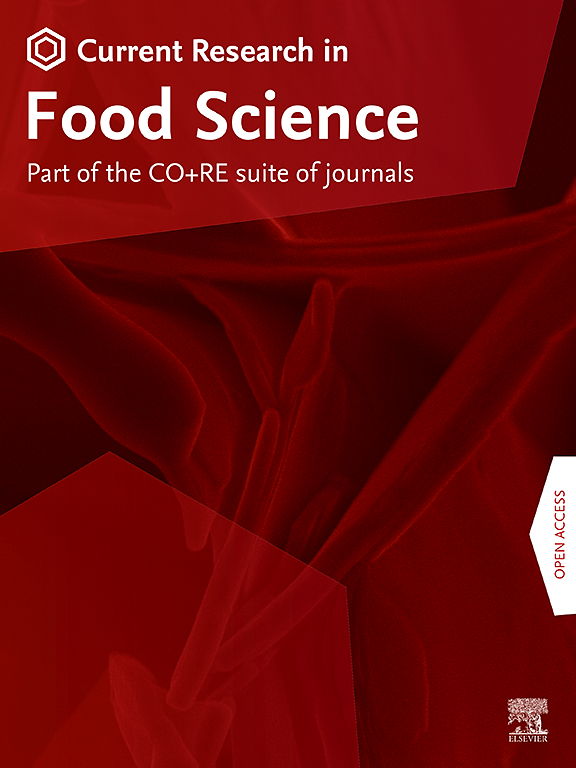Improved food recognition using a refined ResNet50 architecture with improved fully connected layers
IF 6.2
2区 农林科学
Q1 FOOD SCIENCE & TECHNOLOGY
引用次数: 0
Abstract
Food consumption has significant effects on human health, particularly in relation to quality control, quantity, freshness, and color. This study focuses on identifying food across 16 categories, divided into breakfast, lunch, and dinner, to evaluate its impact on the human body, specifically in hospital and restaurant settings. The recognition system was used a machine vision system and deep learning algorithms to record food consumption videos, extracting images. After preprocessing, a raw dataset was bulit that consisted of 12,000 images, expanded to 66,000 images through data augmentation. Five deep learning algorithms were used for recognizing food and consumed food. ResNet50 was the best algorithm in comparison to other deep learning architectures. The effect of Hyper-parameters such as data augmentation, batch size, image size, and learning rate on performance of Resnet50 were analyzed. Transfer learning method led us to develop three versions: standard ResNet50, fine-tuned ResNet50, and optimized ResNet50 with a customized fully connected layer. ResNet50 with a specific dense layer was the best development version of ResNet50. This model with Adam optimizer, 10−3 initial learning rate, batch size 4, and image size 340 × 640 could recognize various foods with 97.25% accuracy and 0.2 loss. Response time and training time of this architecture compared to other algorithms were confidential; the training process and response time were 5.30 h and 1.2 s. ResNet50 with a specific fully connected layer powerfully could complete tasks with high accuracy and the least time.

求助全文
约1分钟内获得全文
求助全文
来源期刊

Current Research in Food Science
Agricultural and Biological Sciences-Food Science
CiteScore
7.40
自引率
3.20%
发文量
232
审稿时长
84 days
期刊介绍:
Current Research in Food Science is an international peer-reviewed journal dedicated to advancing the breadth of knowledge in the field of food science. It serves as a platform for publishing original research articles and short communications that encompass a wide array of topics, including food chemistry, physics, microbiology, nutrition, nutraceuticals, process and package engineering, materials science, food sustainability, and food security. By covering these diverse areas, the journal aims to provide a comprehensive source of the latest scientific findings and technological advancements that are shaping the future of the food industry. The journal's scope is designed to address the multidisciplinary nature of food science, reflecting its commitment to promoting innovation and ensuring the safety and quality of the food supply.
 求助内容:
求助内容: 应助结果提醒方式:
应助结果提醒方式:


